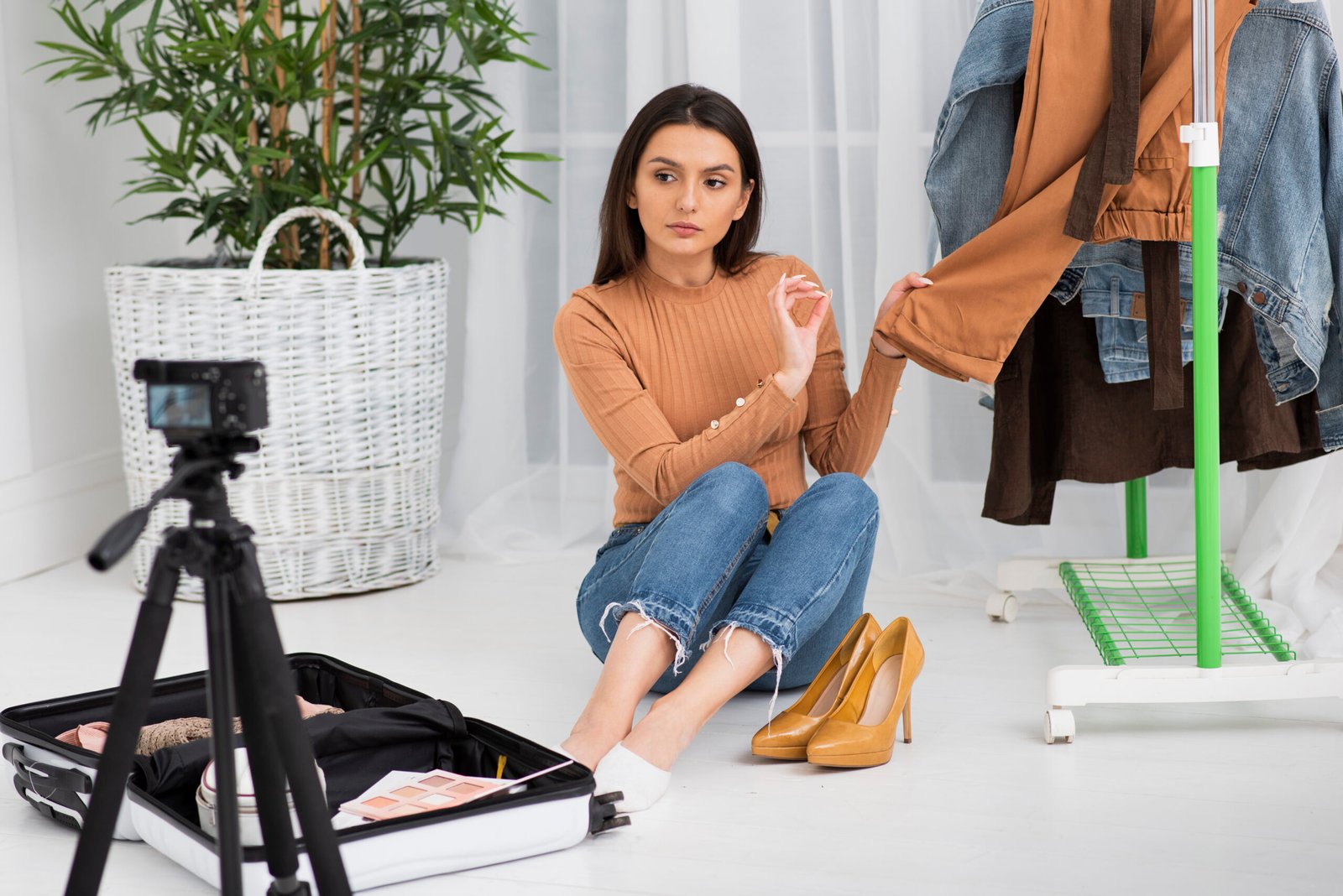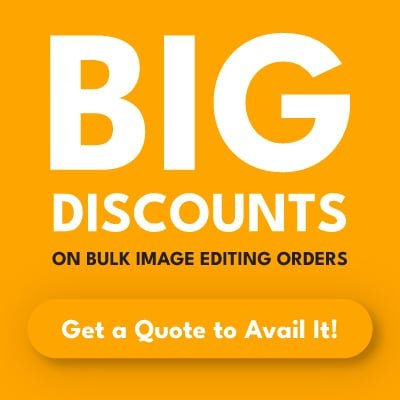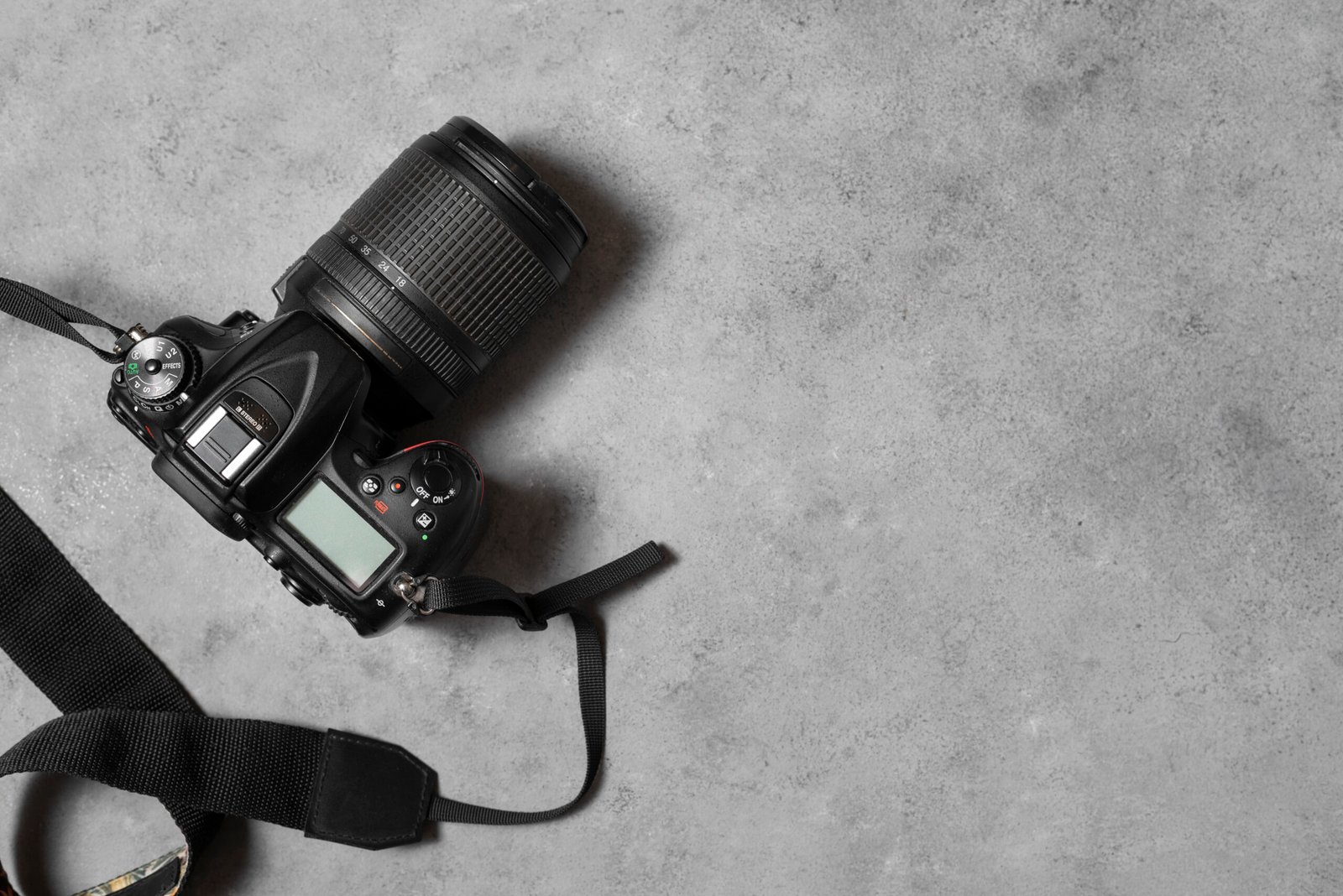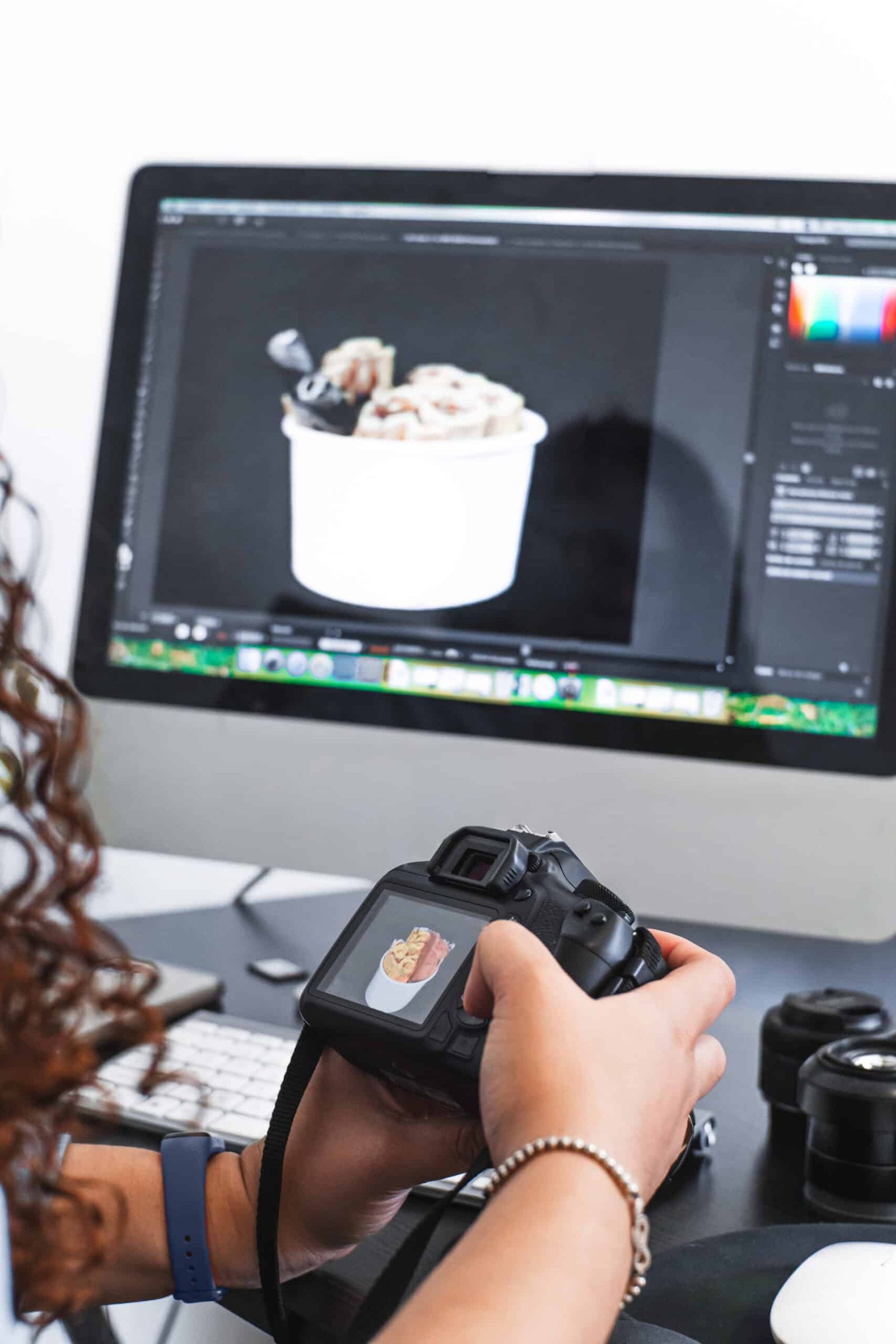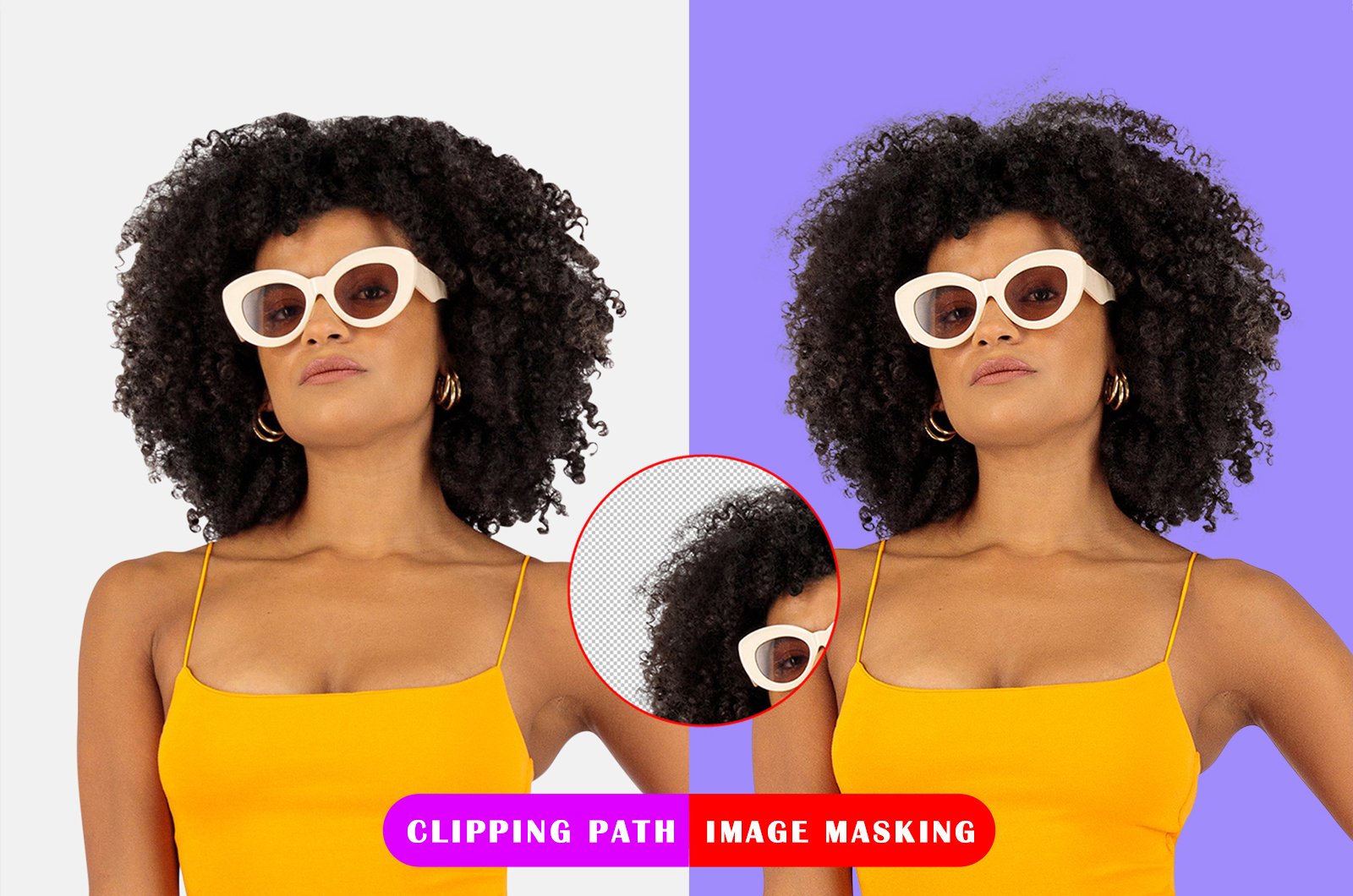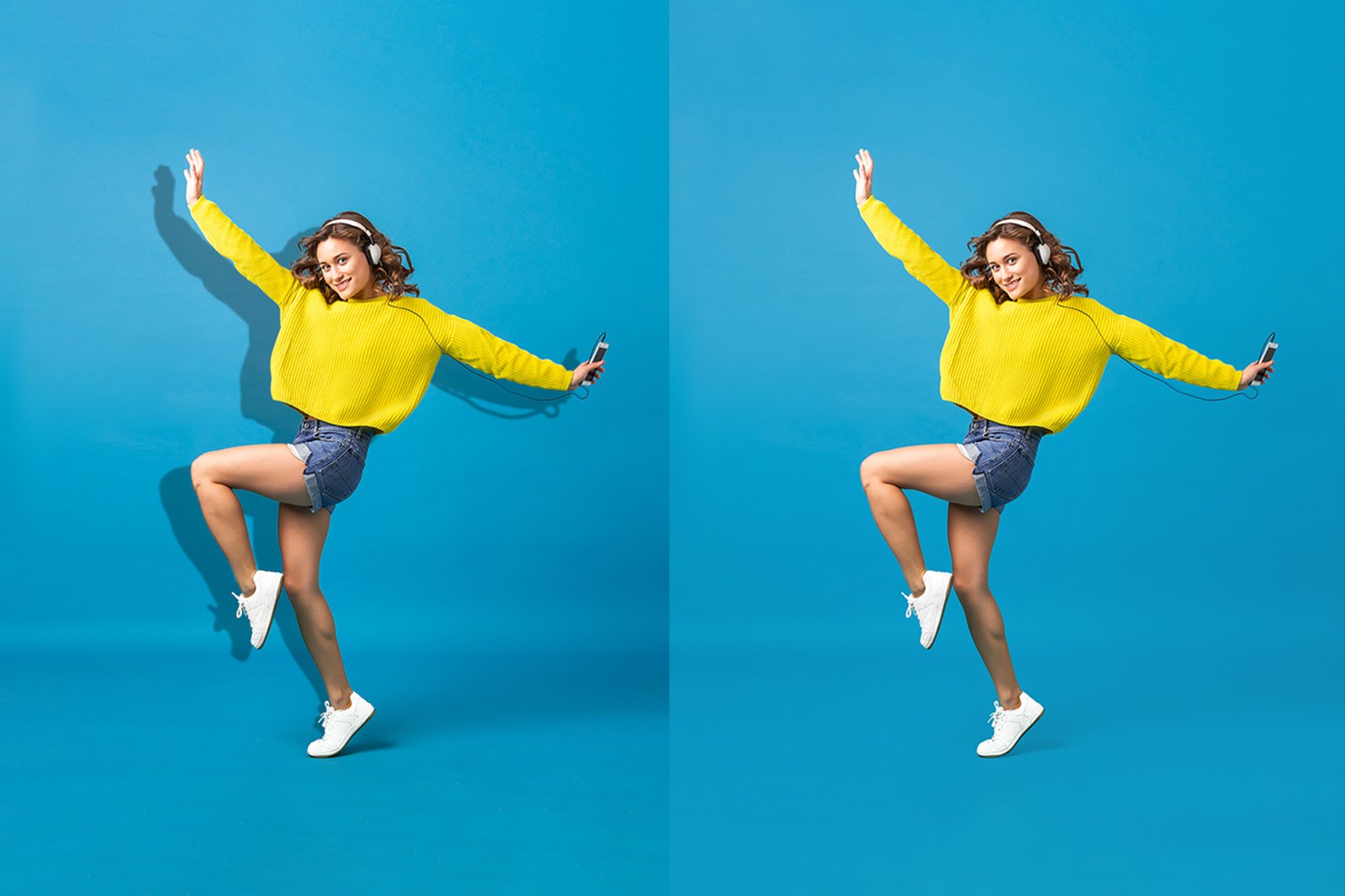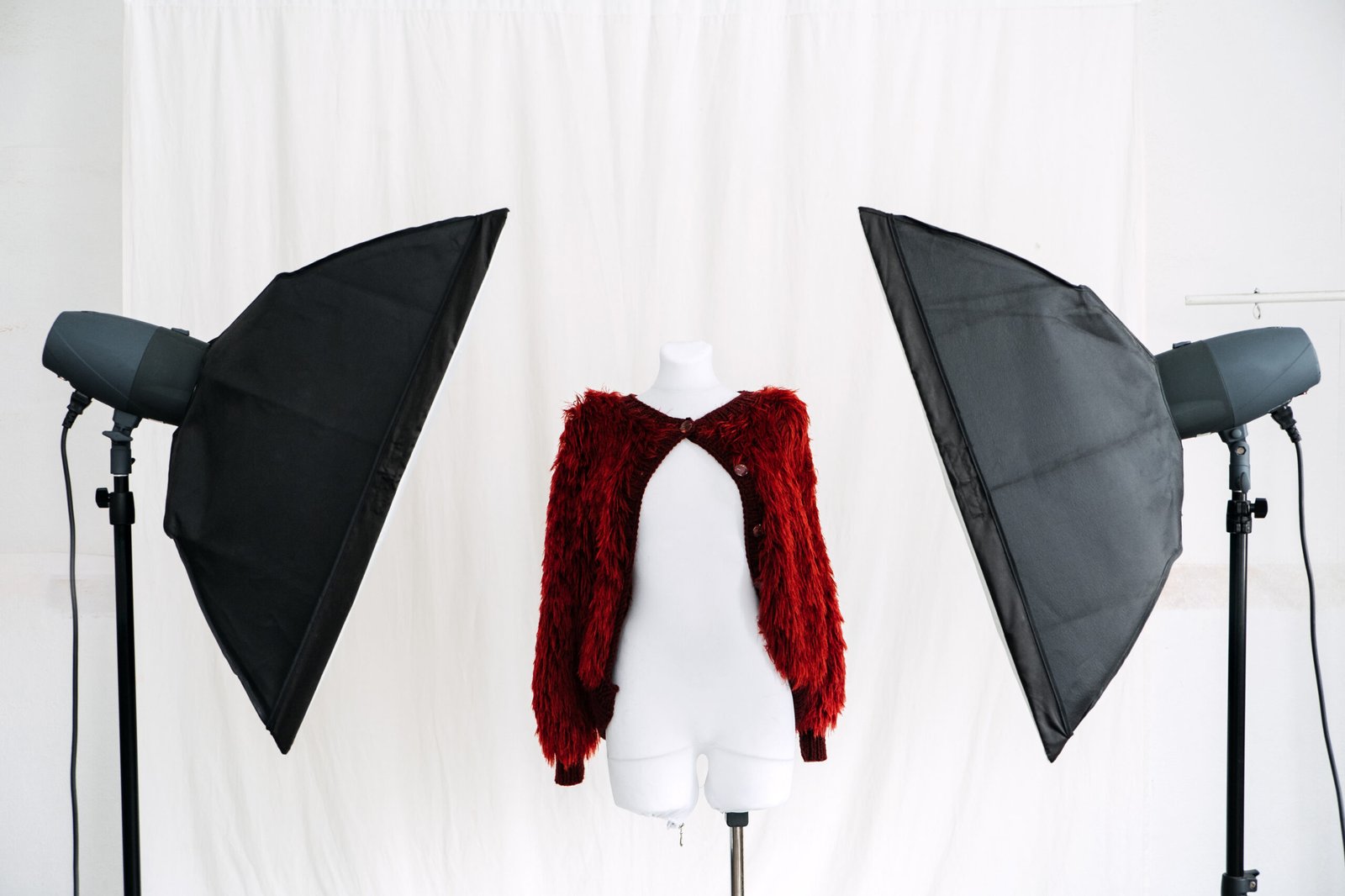Introduction
In 2025, product photography has transformed into a critical storytelling tool for online businesses. With increasing competition and shorter attention spans, eCommerce brands must present products in ways that instantly grab attention, communicate value, and earn trust.
This year, cutting-edge technology, human-centric visuals, and sustainability are driving major trends. In this complete guide, you’ll discover the top product photography trends of 2025 — and how to apply them for global reach and conversions.
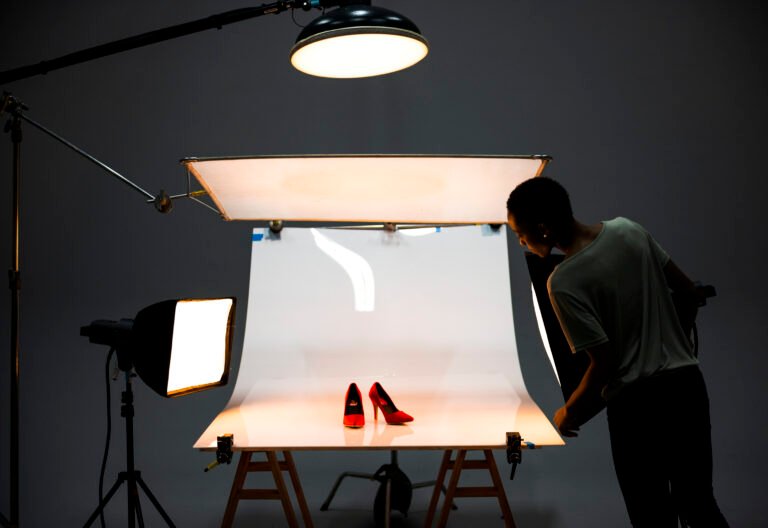
1. 360-Degree and 3D Product Photography
Static images are no longer enough. Today’s customers expect to rotate, zoom, and explore a product virtually — just like in a real store. 360-degree product photography and 3D renders provide that interactive experience.
By offering multiple angles and dynamic views, customers can inspect textures, shape, size, and details. This reduces product uncertainty, builds confidence, and ultimately lowers return rates.
Brands using 360° imagery report up to 40% higher conversions on product pages.
Tip: Use a professional image editing service to create consistent backgrounds and perfect edges for each angle — it makes your spin viewer much more effective.
2. Augmented Reality (AR) Integration
AR product previews are no longer futuristic — they’re becoming standard in 2025. Augmented reality allows customers to see products in their own space using just a smartphone camera. Whether it’s a couch in their living room or sneakers on their feet, AR bridges the gap between browsing and buying.
Many platforms like Shopify, Amazon, and IKEA already offer AR capabilities. The more lifelike your product photography is, the better AR tools will perform.
Actionable tip: Start by creating high-resolution, background-removed images that are optimized for AR and VR environments.
3. AI-Powered Image Editing and Enhancement
AI is revolutionizing image processing. Advanced tools now handle background removal, retouching, batch editing, and color matching — at scale.
While AI speeds up workflows, human touch still matters. Over-edited or obviously synthetic images can hurt brand credibility. The best approach is to combine AI efficiency with expert retouching for high-converting visuals.
Examples of AI-powered tools:
- Adobe Firefly
- Luminar AI
- Remove.bg
- Canva Magic Studio
Use these tools to handle routine editing, but always rely on professionals for final refinement — especially for product listings on global platforms like Amazon, Etsy, or Walmart.
4. Lifestyle Photography for Emotional Connection
In 2025, lifestyle photography is essential. Instead of showing products in isolation, brands are capturing items in real-world contexts — on people, in homes, in action.
Why? Because lifestyle images tell a story. They help buyers imagine how the product fits into their life. This emotional appeal significantly increases engagement and purchase intent.
Example: A fitness brand might show their water bottles being used during a morning run, or a fashion label might shoot handbags in urban streetwear settings.
Bonus: These types of photos work exceptionally well on social media, Pinterest, and Google Shopping.

5. User-Generated Content (UGC) and Social Proof
Consumers trust other consumers more than brands. That’s why user-generated content is exploding in 2025. Featuring real customers using your products adds credibility and authenticity.
Whether it’s an Instagram photo, an unboxing video, or a customer-submitted shot — UGC makes your product photography more believable and relatable.
79% of online shoppers say UGC influences their purchase decisions more than brand-generated visuals.
How to use it:
- Request photo reviews from happy customers
- Create a branded hashtag campaign
- Run a photo contest and feature winners on your homepage
6. Eco-Friendly & Natural Aesthetics
More than ever, consumers care about the environmental impact of what they buy — and that’s influencing visual design. Brands are using earthy color palettes, organic textures, recycled props, and natural lighting in their product shoots.
Shooting your products with a sustainable aesthetic not only enhances visual appeal but also aligns with growing buyer values in 2025.
Ideas:
- Use neutral, textured backgrounds (burlap, wood, linen)
- Incorporate greenery or natural props
- Keep product packaging minimal in photos
7. High-Contrast and Color-Pop Photography
Visual boldness sells. Bright backgrounds, color blocking, and contrasting props are being used in 2025 to stop thumbs mid-scroll — especially on Instagram, TikTok, and mobile shopping apps.
This trend works great for:
- Beauty & cosmetics
- Streetwear & apparel
- Food & beverage
- Accessories & gadgets
Pro tip: When using bright colors, keep the product as the visual hero. Avoid clutter. Use shadow effects or reflections for depth.

8. Minimalist Product Composition
At the opposite end of the spectrum, minimalism still reigns. Clean lines, white or monochrome backgrounds, and a sharp focus on the product — all create a premium, timeless feel.
This style is ideal for:
- Jewelry
- Tech gadgets
- Skincare products
- Luxury goods
Minimalist photography is also fast-loading, easy to scale across platforms, and excellent for Google Merchant Center or Amazon listings.
Optimization tip: Combine minimalist photos with descriptive alt tags and image titles to help search engines understand context.
9. Close-Up & Texture-Focused Shots
One of the most effective ways to increase product trust is through detail shots. These zoomed-in images show stitching, materials, texture, and craftsmanship. They’re especially important for high-ticket or tactile items like leather goods, textiles, watches, or electronics.
By offering this extra level of visual information, you eliminate buyer hesitation and boost conversions.
Pro tip: Pair macro lenses with controlled lighting and post-production sharpening to enhance visual clarity.

10. Behind-the-Scenes and Documentary-Style Shoots
Transparency is trending. Brands in 2025 are lifting the curtain and showing the human side of their business — through behind-the-scenes photos, candid workspaces, and unfiltered processes.
These documentary-style images help build brand identity and emotional connection. They’re also powerful tools for social storytelling, crowdfunding campaigns, and email marketing.
Ideas:
- Photograph your packaging process
- Show your team prepping product shoots
- Capture product creation or sourcing journeys

Final Thoughts
Product photography in 2025 is about more than just visual appeal — it’s about experience, trust, and authenticity. From interactive 360° views to eco-conscious aesthetics and user-generated storytelling, today’s visuals must do more than show a product — they must sell a vision.
For eCommerce brands with a global audience, staying ahead of these trends means more visibility, stronger customer connections, and ultimately, more sales.
Need help elevating your visuals? Our expert team at Clipping Path Company Int offers:
- Clipping path & background removal
- Image masking & shadow creation
- Ghost mannequin effects
- Color correction & high-end retouching
Let your images sell — better, faster, smarter.
FAQ (Frequently Asked Questions)
1. What is the future of product photography in 2025?
Answer: In 2025, product photography is evolving beyond static images. Brands are using 360-degree views, 3D rendering, augmented reality (AR), and AI-powered editing to create immersive and interactive shopping experiences. Lifestyle and user-generated content are also on the rise to build trust and authenticity.
2. How can 360-degree product photos boost eCommerce sales?
Answer: 360-degree product photos allow customers to view items from every angle, mimicking an in-store experience. This reduces uncertainty, increases engagement, and leads to higher conversion rates—especially for fashion, footwear, furniture, and gadgets.
3. Why is lifestyle photography important for online stores?
Answer: Lifestyle photography shows your product in real-life settings, helping customers visualize its use. This builds emotional connection and trust, especially for fashion, home decor, and beauty products, where context matters.
4. Is AI editing reliable for product photography?
Answer: Yes, AI editing tools are highly efficient for tasks like background removal, color correction, and object isolation. However, human oversight is still essential to ensure quality and brand consistency, especially for premium or complex products.
5. How do I make my product photos stand out in 2025?
Answer: Focus on trends like bold color palettes, minimalist styling, eco-friendly aesthetics, and texture-rich close-ups. Combine AI-enhanced editing with professional retouching and explore formats like AR previews or user-generated content to build visual trust.

